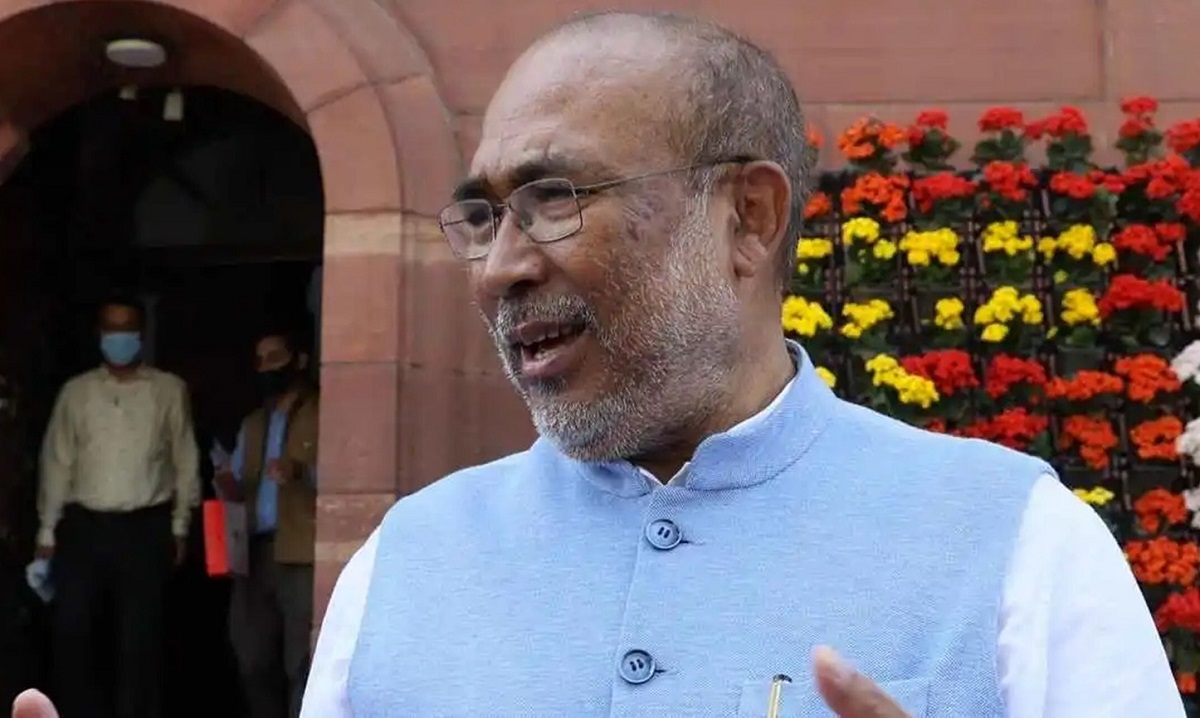The sixth session of the 12th Manipur Legislative Assembly began today, with Chief Minister N Biren Singh, who also holds the finance portfolio, presenting the budget estimates for the fiscal year 2024-2025. The proposed budget outlines a gross expenditure of Rs 34,899 crore. In his budget speech, Singh acknowledged the adverse impact of unrest on the state’s economy, including reduced revenue collection, increased security and relief expenditures, inflation, and challenges in project implementation. He emphasized ongoing efforts to revive the economy and restore normalcy.
For the upcoming fiscal year, the budget includes a total gross expenditure of Rs 34,899 crore from the state’s consolidated fund. This comprises a revenue expenditure of Rs 20,628 crore and a capital outlay of Rs 8,616 crore. The fiscal deficit is projected at Rs 1,526 crore, representing 3% of the Gross State Domestic Product (GSDP), with outstanding debt estimated at 35% of GSDP. The budget estimates total receipts at Rs 34,815 crore, with revenue receipts at Rs 27,716 crore and capital receipts at Rs 7,099 crore. State’s own tax and non-tax receipts are projected at Rs 2,470 crore and Rs 300 crore, respectively.
Singh highlighted significant support from the central government, including Rs 500 crore in special assistance for revenue loss and Rs 565 crore for externally aided projects in 2023-2024, used for infrastructure development. Additional aid included Rs 150 crore for security-related expenses and a special relief package of Rs 101.75 crore for displaced persons, along with Rs 209.45 crore for ongoing relief and rehabilitation efforts. A scheme for temporary shelters for 3,000 displaced families received approval with funding of Rs 145.18 crore.
The Chief Minister also detailed developmental projects under the DevINE scheme, including Rs 71 crore for infrastructure at Dhanamanjuri University and Rs 54 crore for Manipur Technical University. Additionally, the “Flood Management and Border Area Program” received Rs 220 crore for flood management in 10 river basins across the state.

